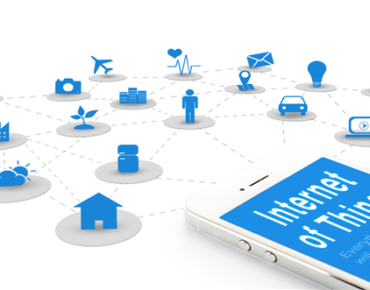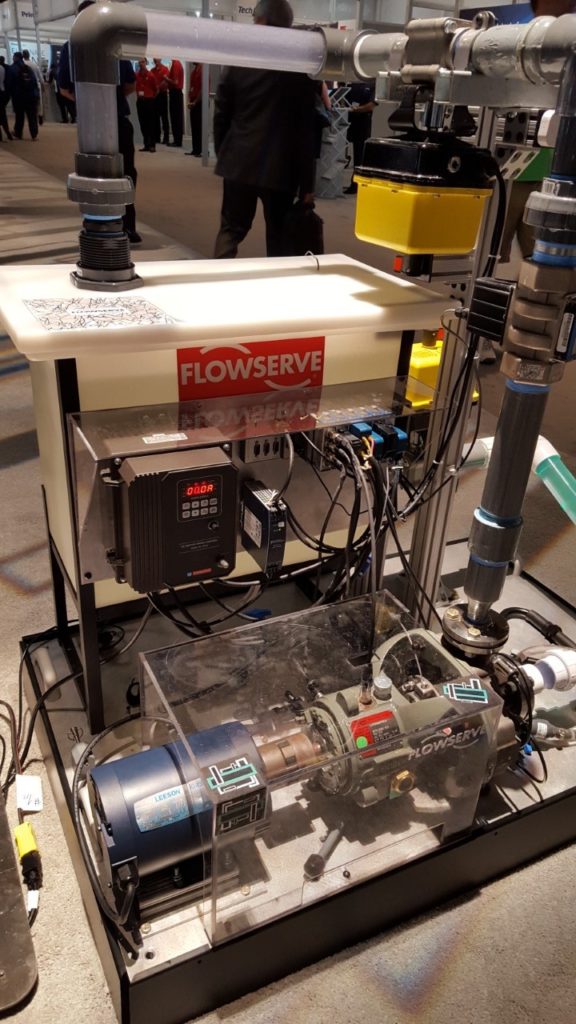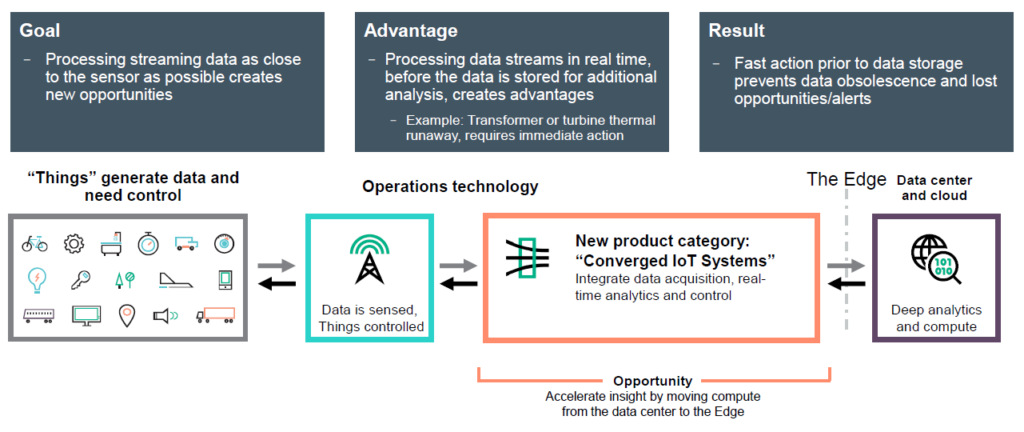HPE Claims Industry-1st ‘Converged IoT System’ for OT, IT and Analytics at the Edge

HPE today announced not only a new IIoT platform but also what it calls a new product category, the “converged IoT system,” that places compute power, data ingest and data analytics at the edge of industrial settings where sensored devices operate, with the goal of providing real-time monitoring and analytics of the operation of “things.”
HPE said its Edgeline converged IoT systems is the logical next step for making IIoT a practical reality.
Whereas the first step for IoT was to capture data on device performance, and the second step was to ship that data to a data center or the cloud for analysis, HPE said its “universal IoT platform” integrates a roster of information and industrial technologies to perform analysis where devices are located, without the latency problems of sending data to and from a data center. In so doing, HPE said it has bridged the worlds of operational and information technologies, enabling real-time monitoring and analysis of devices at the edge for better device management and maintenance.
The new systems provide up to 64 Intel Xeon cores, 15TB of storage, 128 GB of memory, PXI data acquisition capabilities from National Instruments, four PCI slots and four HPE Moonshot server cartridges, along with HPE Aruba ClearPass security technology, HPE iLO (Integrated Lights Out) software for remote monitoring and control of servers and devices, and PTC’s Thingworx IoT user interface software. HPE’s Vertica Analytics Platform runs on the Edgeline EL4000 (the higher end of the two models) for historical and predictive analytic insights from in-database machine learning.
In addition, Edgeline systems are hardened for industrial environments, with a vibration-, shock- and temperature-tolerant chassis.
Speaking at a press event at HPE’s annual user conference in Las Vegas, SVP of HPE’s Enterprise Group, Mark Potter, said, “The universal IoT platform allows us to connect all these different devices and the way they communicate, take all that data in all different formats directly into these analytics engines that we have for machine learning, whether its structured data or unstructured data, and then we provide a platform for developers to access all that information and tie it into business intelligence and business process solutions so we can rapidly enable automation around all this data.”
FlowServe, a $4.9B pump and flow control products manufacturer, is an initial adopter of Edgeline.
 “Ninety percent of the TCO of heavy industrial equipment has nothing to do with original purchase price,” said Eric van Gemeren, VP of research and development at Flowserve. “If we could put that level of computational horsepower right out on the plant floor, we can do a bunch of things you can’t do in a cloud-based environment. We count on HPE to bring that compute power to the edge where we can apply analytics and predict impending failures or problems. We’re looking at dramatic reduction in the maintenance time window. Instead of 24 hours it’s eight hours or six hours. Now that piece of equipment can get back into service that much faster, and they only make money when they’re operational.”
“Ninety percent of the TCO of heavy industrial equipment has nothing to do with original purchase price,” said Eric van Gemeren, VP of research and development at Flowserve. “If we could put that level of computational horsepower right out on the plant floor, we can do a bunch of things you can’t do in a cloud-based environment. We count on HPE to bring that compute power to the edge where we can apply analytics and predict impending failures or problems. We’re looking at dramatic reduction in the maintenance time window. Instead of 24 hours it’s eight hours or six hours. Now that piece of equipment can get back into service that much faster, and they only make money when they’re operational.”
Mike Krell, IoT analyst at industry watcher Moor Insights & Strategy, told EnterpriseTech that HPE “is heading exactly where the industry is heading, that is moving compute power and analytics closer to the source of the date. What we are seeing, especially in IoT, is the term ‘timeframe of relevance’ coming into play.”
This can include conducting analytics on the actual device “to be acted on immediately, or to reduce the amount of network data that needs to be sent upstream.” Analytics at the edge can also be done by adding “server-like” functions to a gateway, with IoT gateways available from Dell, Cisco and HPE (Aruba) itself, Krell said. Analytics also can be done in the cloud.
“Depending on your data needs, and your existing infrastructure for both networking and data, you can potentially use any or all of the above,” Krell said. “All of these puts HPE with their Converged IoT Systems squarely in line with where I believe the IoT architecture is headed."
Beyond National Instrument and PTC, HPE also is partnering with GE Digital, Schneider Electric and other industrial companies. HPE also announced services offerings to help customers with IIoT implementations.
On the security front, HPE said its Aruba ClearPass profiles new IoT devices, enforce security policies, and exchange policy status with other security systems including mobile device management systems. ClearPass integrates with existing network infrastructures enabling IT teams to automate and scale.











